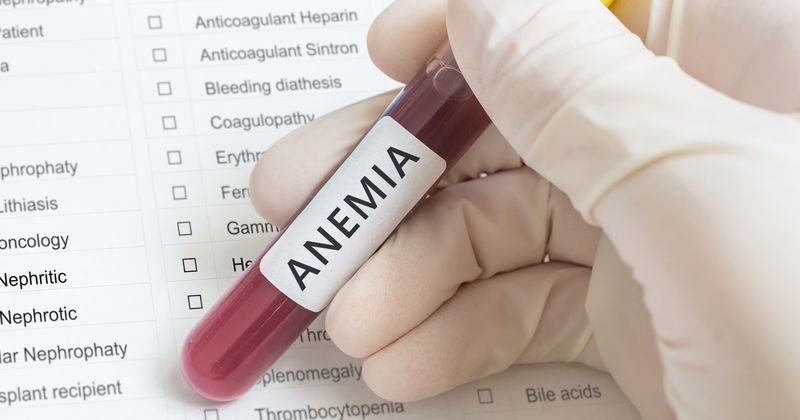Anemia before, after heart failure device implant common, driving poor survival
Key takeaways:
- Anemia is common in adults with advanced heart failure before and after receiving a left ventricular assist device.
- Anemia confers worse quality of life and higher mortality risk after LVAD implantation.
Data from a North American registry show anemia can affect more than 75% of candidates for a left ventricular device implant and up to 67% of recipients in the years after implant, driving higher mortality risk and worse quality of life.
“Despite the increasing awareness regarding end-stage HF and its treatments, the role and impact of anemia remain an under-investigated question at different levels in this setting,” Roberto Lorusso, MD, PhD, of the cardiothoracic surgery department, Heart and Vascular Centre, Maastricht University Medical Centre, the Netherlands, and colleagues wrote. “With the progression of HF, anemia increases, with 37% to 43% of all HF patients diagnosed with anemia. In the elderly population and hospitalized HF patients, this number increases to more than 50%. When considering end-stage HF candidates awaiting LVAD support, this proportion rises to more than 75%, as confirmed by this analysis of the INTERMACS database.”

Image: Adobe Stock
Lorusso and colleagues analyzed data from 19,509 adults included in the INTERMACS database who received durable LVADs between 2008 and 2017, and then stratified the cohort according to anemia severity (no anemia, mild or moderate severe). The mean age of patients was 57 years and 21.2% were women.
The findings were published in the Journal of Heart and Lung Transplantation.
Researchers found that moderate-severe anemia affected 45.2% of patients at baseline, 33.5% of them at 6 months and 32.3% in the fourth year after implantation. The presence of normal hemoglobin was 24.4% before surgery, 32.5% at 6 months and 36.6% at 4 years after implantation.
In linear mixed-effect regression analyses, researchers found that the average hemoglobin over time was significantly lower (beta, –0.233; 95% CI, –0.282 to –0.185), and the reduction of hemoglobin over time was bigger (beta, –0.032; 95% CI, –0.035 to –0.028) for LVAD nonsurvivors when compared with LVAD survivors.
In adjusted Cox regression analyses, researchers found the severity of pre-implant anemia was associated with higher mortality, with HRs of 1.19 for mild anemia (95% CI, 1.05-1.34) and 1.44 for moderate-severe anemia (95% CI, 1.28-1.62).
The researchers wrote that further studies are required to understand whether anemia treatment confers a better prognosis.
“Although the current guideline recommends evaluating anemia before LVAD implantation, hemoglobin level and anemia are not always considered as covariates in risk stratification models,” the researchers wrote. “Based on our results, we emphasized anemia should be regarded as an unneglectable risk factor. We cannot rule out that transfusion benefits patients, as the role of transfusion and anemia therapy to diminish the anemia is not clear from our observational study. However, LVAD implantations can improve the anemic scenarios, which will undoubtfully be beneficial to the LVAD patients with anemia.”
